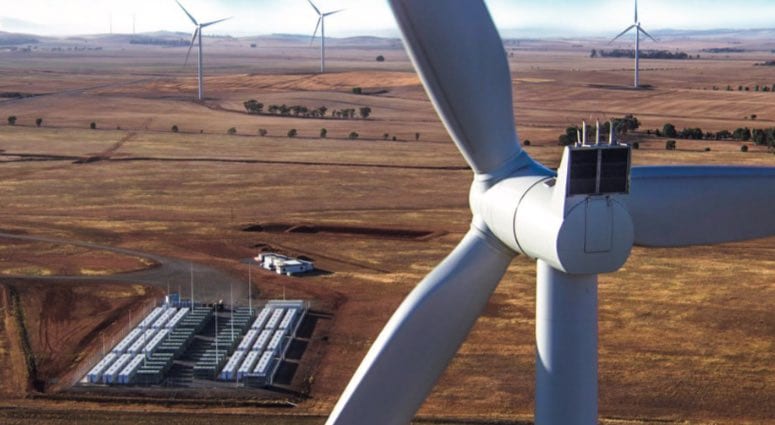- 3 Posts
- 21 Comments

 41·2 years ago
41·2 years agoThey are saying they were in those movies or tv shows

 1·2 years ago
1·2 years agoIt looks odd with a 6 pointed , just not… right

 5·2 years ago
5·2 years agoMoving so slowly!

 17·2 years ago
17·2 years agohoping that this is the start of a collapse across a bunch of defensive lines
Nice. Sad, but nice
How did he even stumble upon that?

 7·2 years ago
7·2 years agoI do love the fifth element. Absolite classic, with what seems like ageless cinematography
Yeah, and not the sort of thing you want to look at to see if you should keep or not.

 1·2 years ago
1·2 years agoAs I get older, I realise it is because no one can be knowledgeable about everything, this is a niche that we know, and there will be many that don’t understand or really care.
Money pimuts it into something they understand, they want more for doing nothing, so they do it.

 1·2 years ago
1·2 years agoInteresting, I never thought of it as storage. I do like that it is referred to as other.
It is the missing piece that we have the option to use fossil fuels, or biomass, or h2 or whatever we like or can come up with.

 2·2 years ago
2·2 years agoI could not see where the 70% comes from, apart from the round trip efficiency of the heat capture. I dont know if that is what you are referring to. Do they have a input v output energy comparison somewhere?

 2·2 years ago
2·2 years agoi haven’t read about your link yet, but as for storage, the study states
82% of demand was directly powered by wind and solar without having to pass through storage or be curtailed
so the majority of the energy is used without being stored, and having the round trip losses.
… now back to reading ray-gen

 1·2 years ago
1·2 years agoyeah, I think that is what i like about it. it show a ‘realistic’ renewables input, and looks at what you need from a storage and “other” to maintain the grid. then scores the renewable as a percentage.

 4·2 years ago
4·2 years agoThis simulation used 24GW/120GWh (five hours at average demand) and achieved 98.8% renewable supply at a cost of $95/MWh, including the cost of additional transmission, storage and curtailment.
so they used a large number for storage. However, there is 7GW/33GWh of existing, under construction or financed BESS projects, and according to the study, 10GW/40GWh of storage will allow for 94% renewables, which is pretty bloody good.
But yeah, it would be interesting to see BEV’s assisting.

 1·2 years ago
1·2 years ago(VPPs) Yep, but i guess if it doesnt work, we may need something different? VPPs can take advantage of wholesale swings in cost to better leverage the market. Maybe that is how a business is encouraged to put in charging capabilities (capex), they become part of a VPP, that will soak solar during the day. (jots idea down in my tech-bro notebook)

 3·2 years ago
3·2 years agoI think that we need something like that. I expect that someone will set up a virtual power plant as a way of managing the service and capacity. Either that or it just becomes a ‘must have’ through legislation.
I would like to see the requirement for any new built house to have solar and some amount of storage as a requirement. It just seems to make sense!

 2·2 years ago
2·2 years agoThis ignores EVs, but does have some commentary about it.
How we choreograph charging/manage demand will be interesting.

 6·2 years ago
6·2 years agoI think the problem with just looking at Canberra is that it can dump or import from NSW and the other parts of the grid, similar to SA, though on a smaller scale.
This looks at the entire network to see what is feasible, without being able to shunt excess generation or import from other networks.






In regards to email hosting.
It is not about hosting the server on your own infrastructure, it is about having there code to host it out have another provider.
There are a lot of email providers!
Also, if you look at the way Lemmy works, it is the same as emails. If they federate a community, the data is kept on both the original server and the federated one, so you duplicate to m the data, similar to an email server.
It is an interesting concept, and maybe the score should just reduce down to brush categories, like fully decentralized, potential decentralized, neither, partially centralized, fully centralized.
Then we won’t nitpick on the school l score too much?